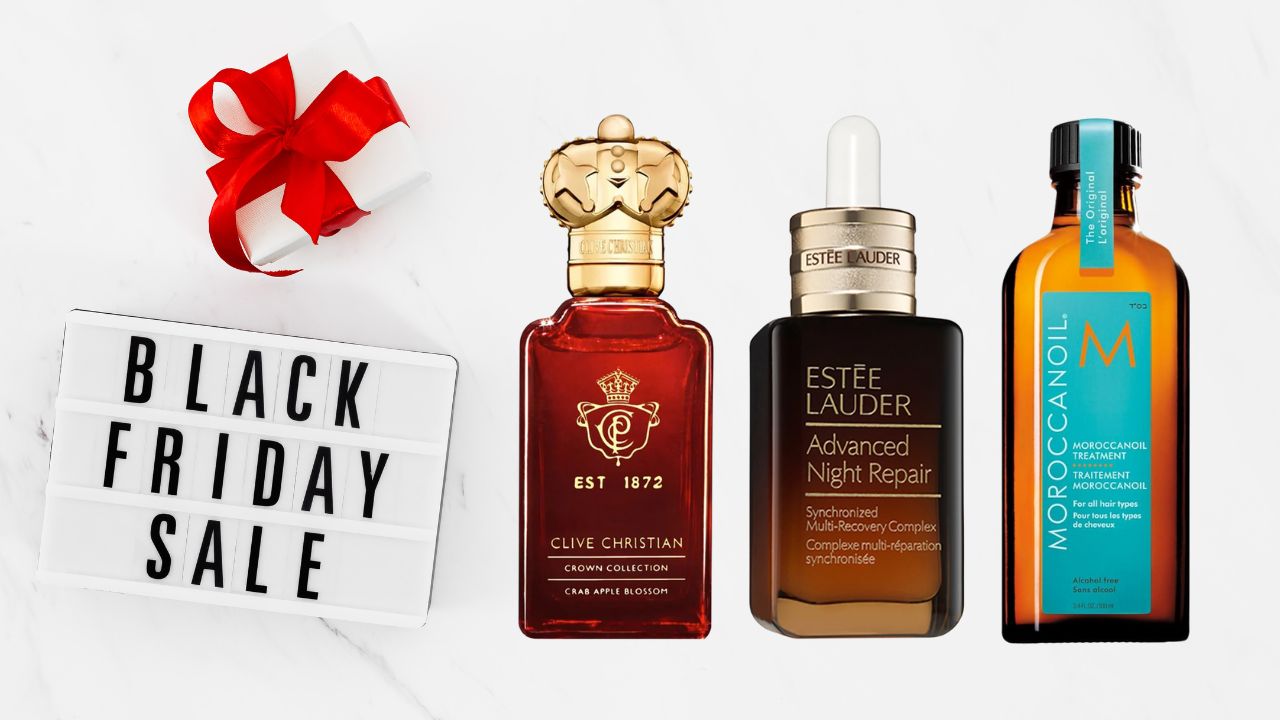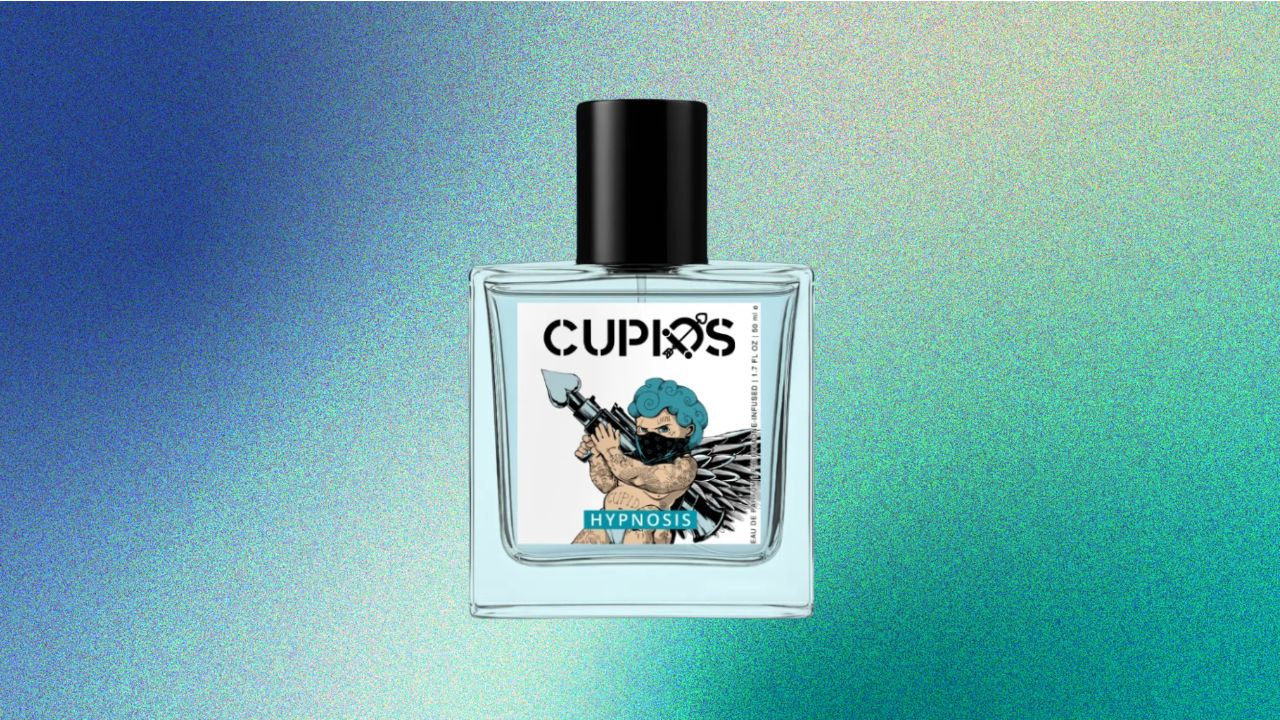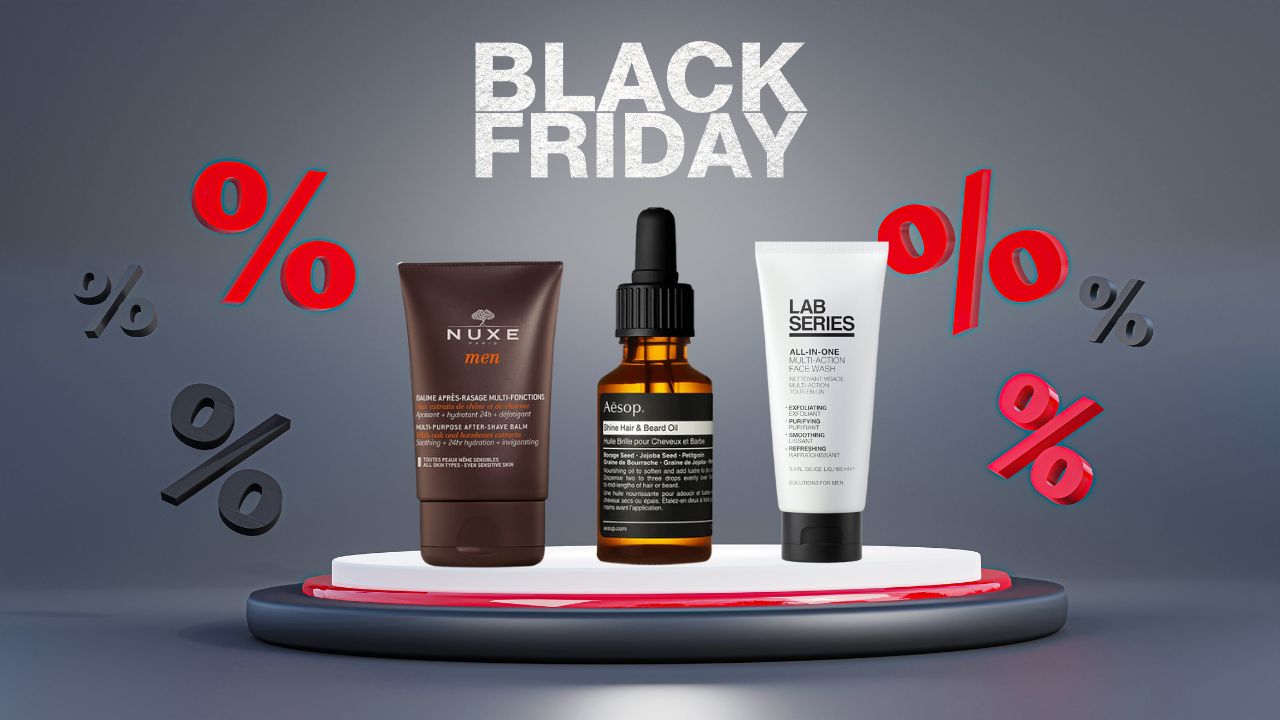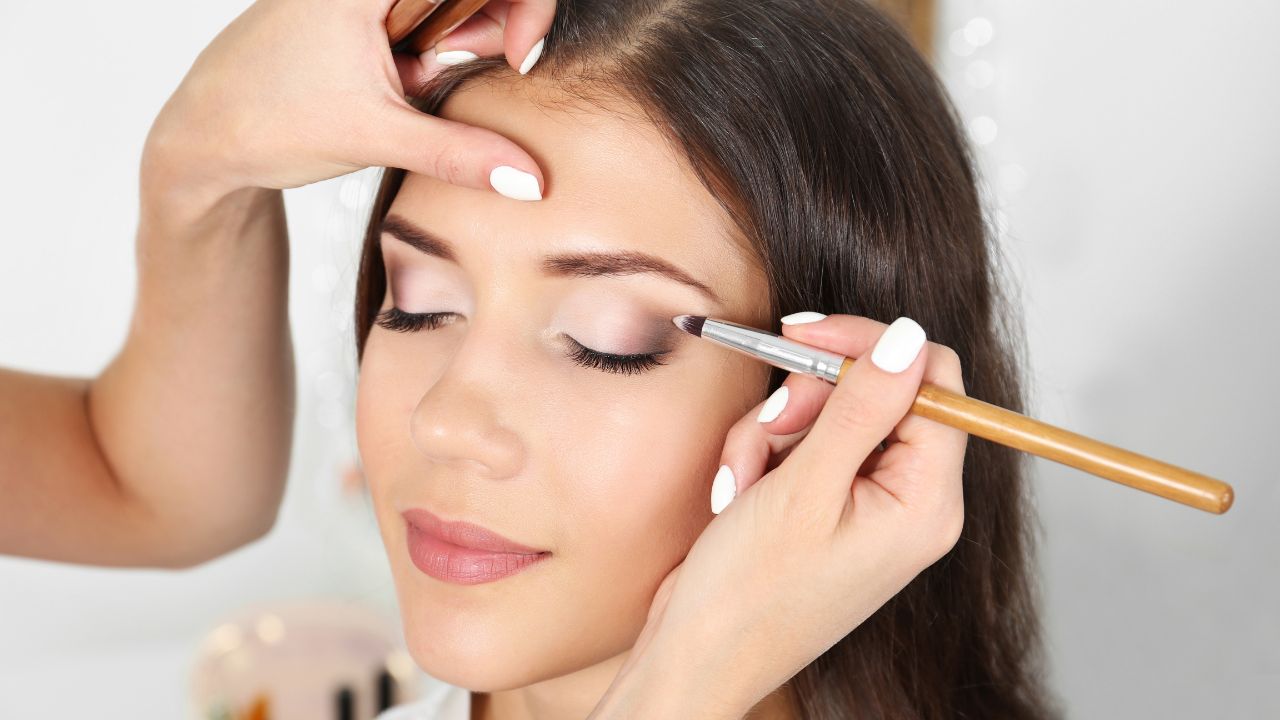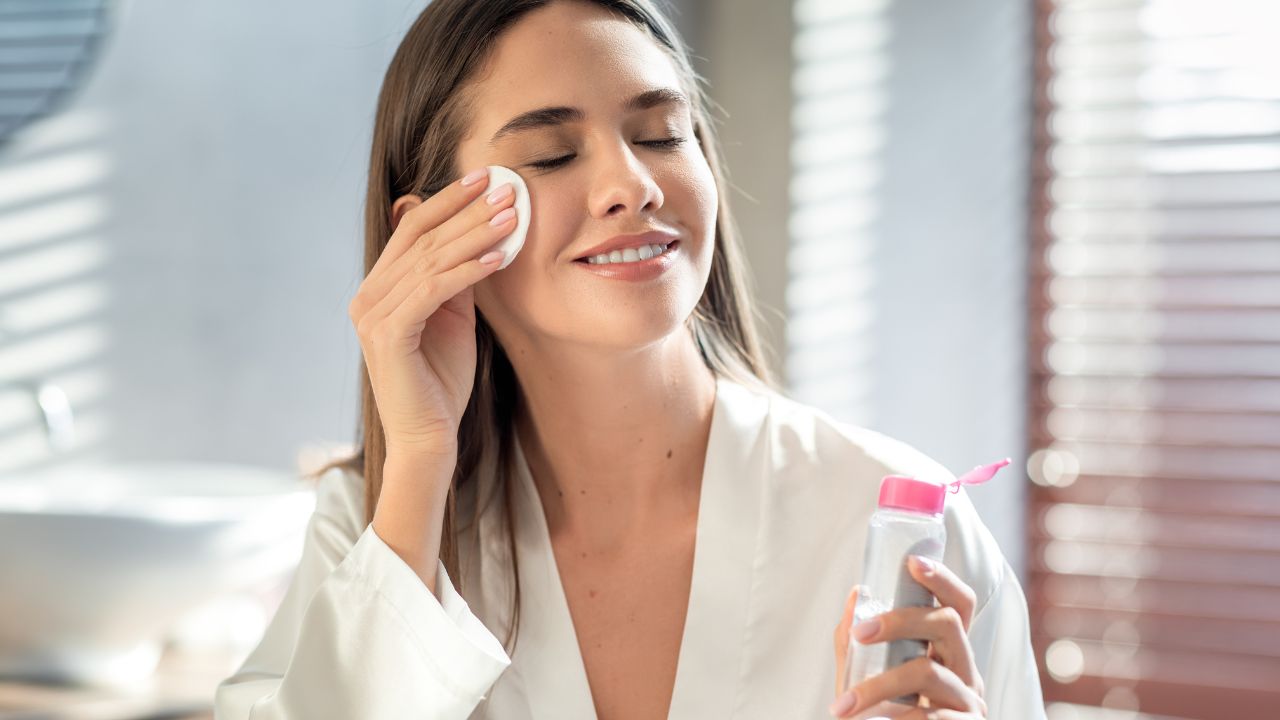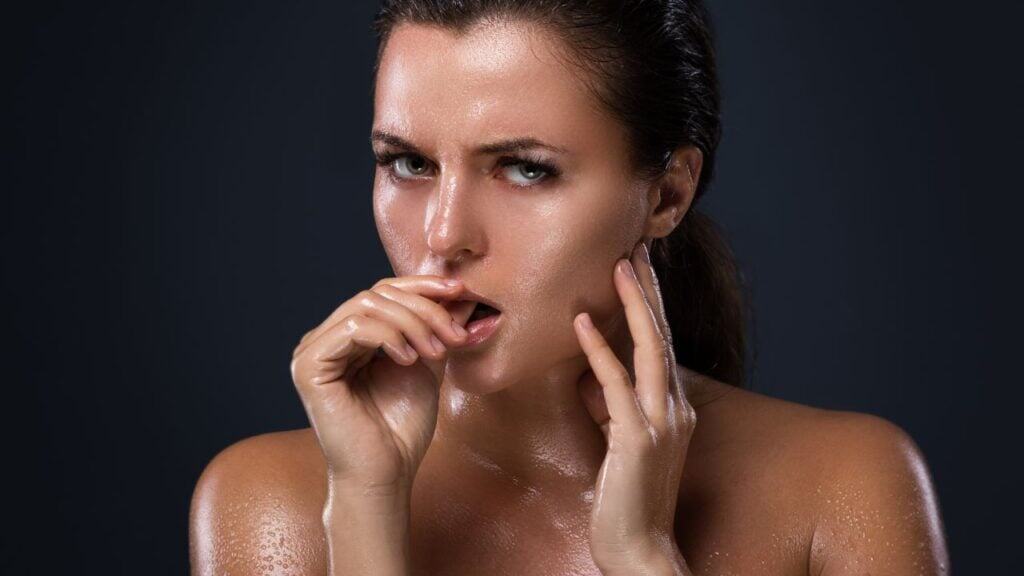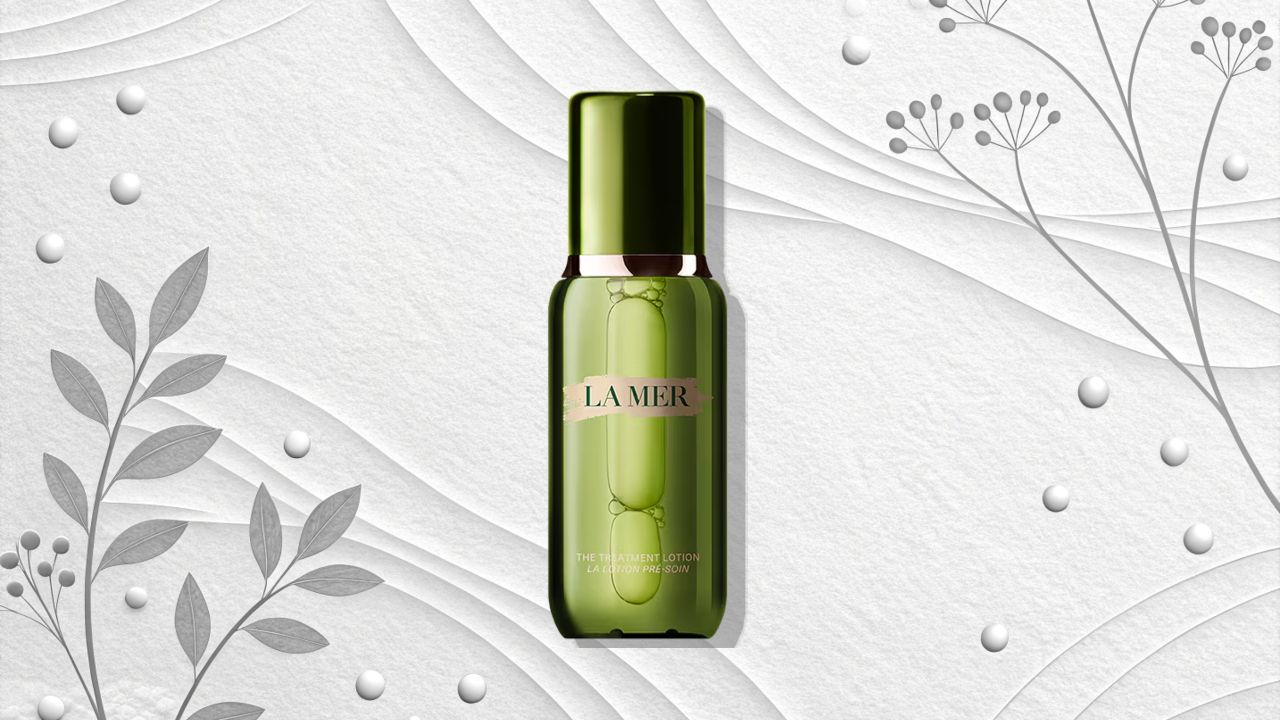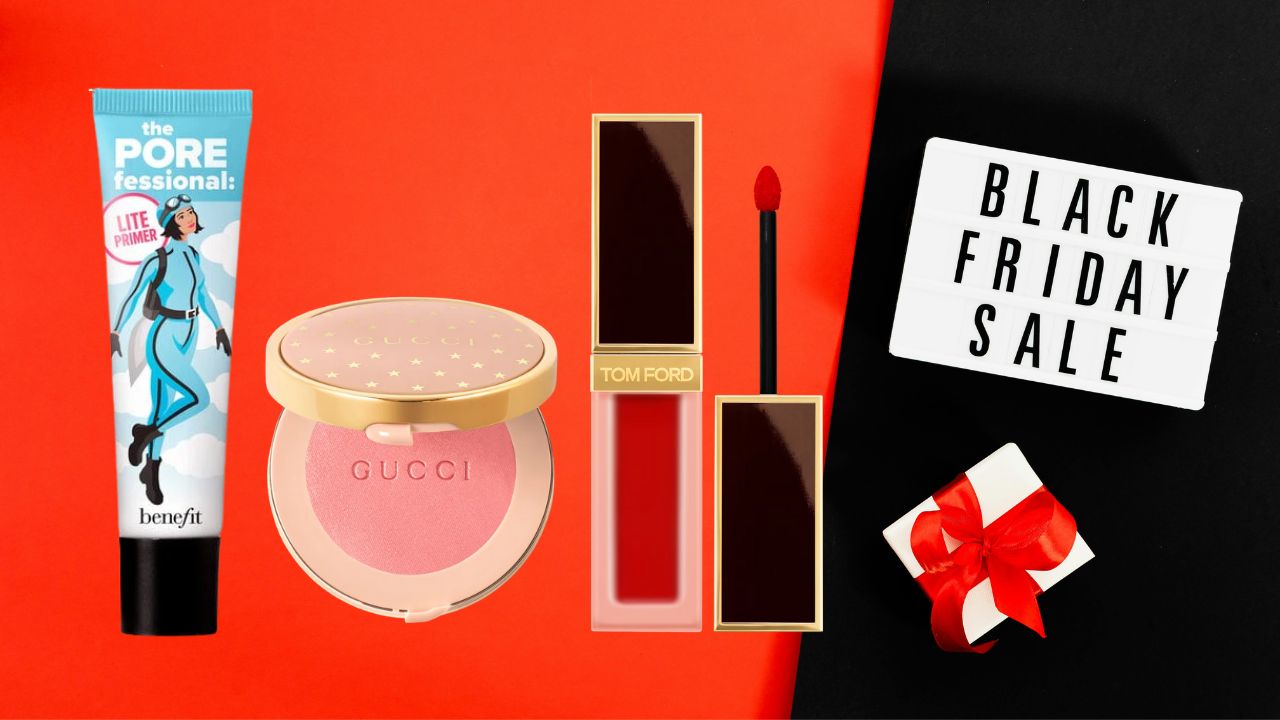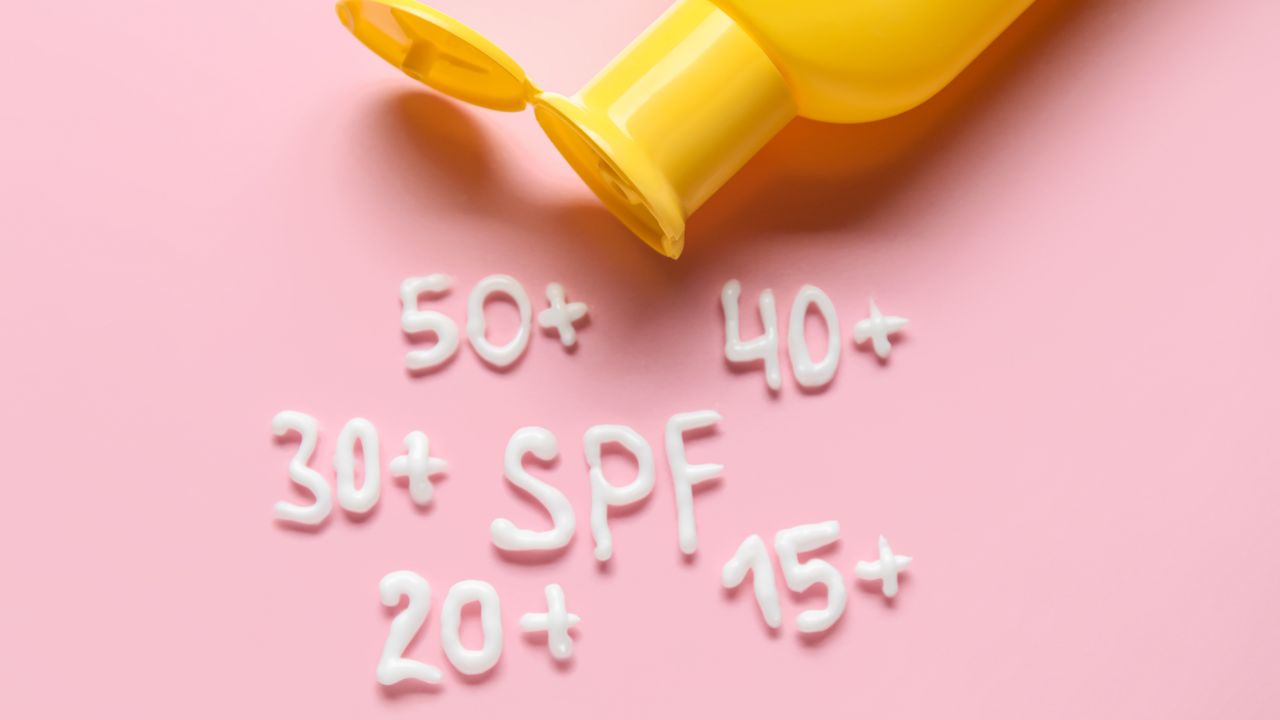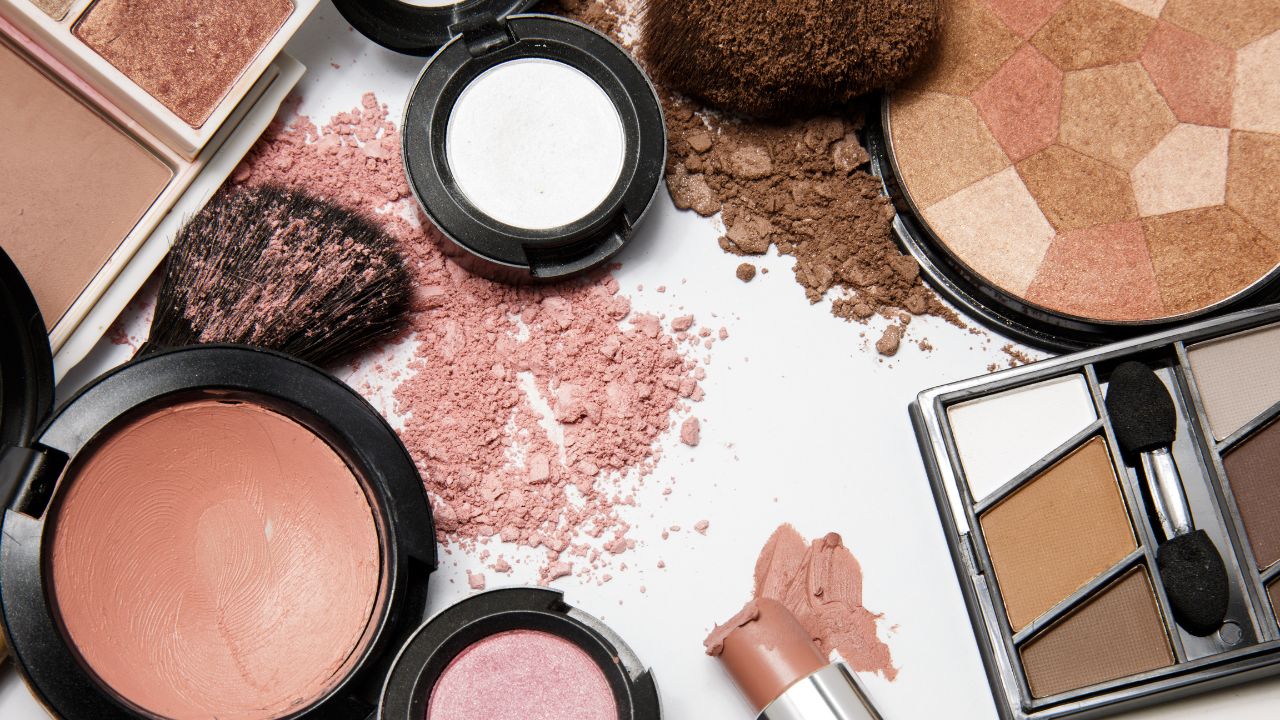Blog
Home / Perfume Stories / Uh Oh, Spilled Your Scent? Here’s How to Remove Perfume Stains Like a Pro!
Categories
Recent Posts
- Luxury Beauty Gifts to Grab on Black Friday 2025: The Ultimate Guide to Premium Beauty Deals
- Which Day Has the Best Beauty Deals? Your Complete Guide to Shopping Smart in 2025
- Cupids Cologne Review: Does This Pheromone Fragrance Really Work? An Honest 30-Day Test
- Black Friday Aftershave Deals & Buying Guide 2025: Expert Tips for Smart Shopping
- How to Wear Red Lipstick: Expert Tips for Perfect Application and Long-Lasting Wear
Uh Oh, Spilled Your Scent? Here’s How to Remove Perfume Stains Like a Pro!
0
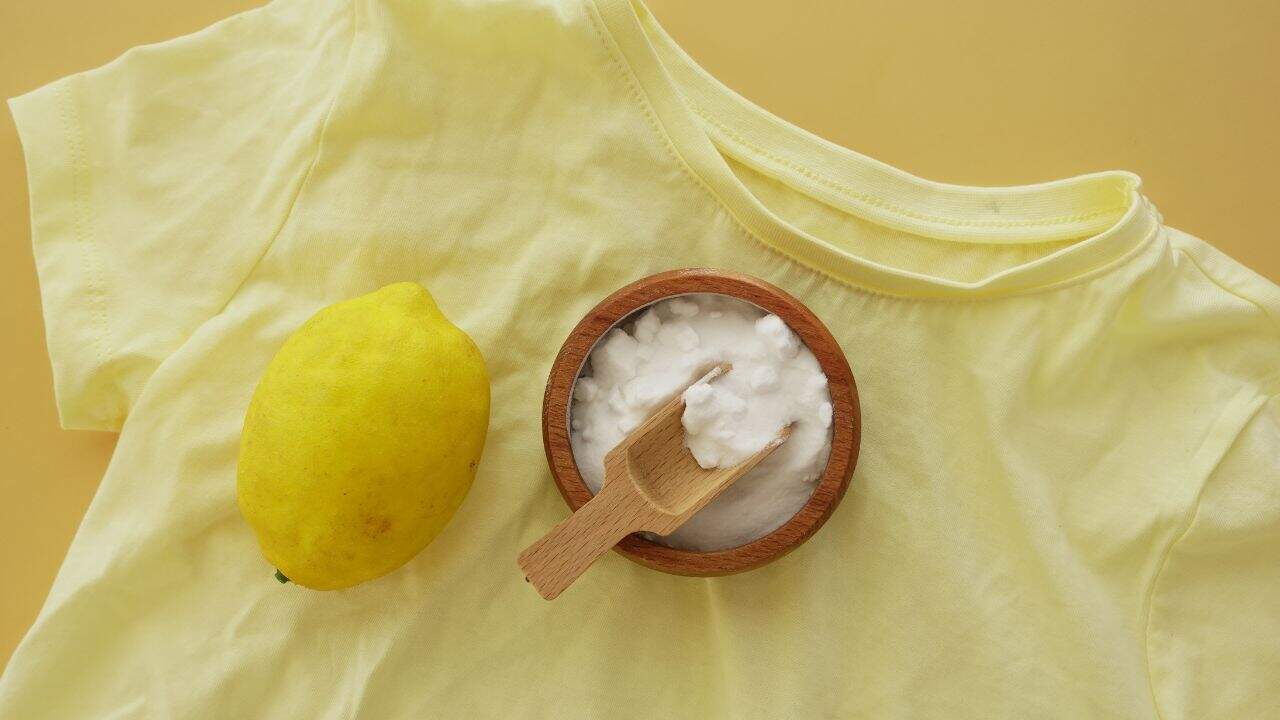
Hey there, fellow fragrance enthusiasts! Ready to tackle a wardrobe woe we’ve all faced: that dreaded perfume stain. You just spritzed your favorite scent, feeling fabulous, only to look down and see… a mark. Ugh!
Whether it’s a dark spot on your crisp white shirt, an oily residue on a delicate blouse, or a faded discoloration on that perfect fabric, perfume stains are real mood-killers. But don’t fret, my stylish friends! With years of experience navigating the ins and outs of scent and fabric, this guide provides the ultimate solutions on how to remove perfume stains effectively. No more tossing out beloved garments!
The Stain Story: Why Do Perfumes Leave Marks?
Before we dive into the clean-up, let’s understand the culprit. Perfumes are much more than just pretty smells. They’re complex mixtures, typically made of:
- Fragrance Oils: These are the concentrated aromatic compounds that give the perfume its unique scent. Many are oils, and like any oil, they can leave a greasy residue.
- Alcohol: The carrier for the oils, helping the scent disperse and evaporate quickly. While alcohol usually evaporates cleanly, it can sometimes react with certain dyes or finishes on fabrics, leading to watermarks or discoloration.
- Dyes/Colorants: Some perfumes (especially those with deeper amber or blue hues) contain added color. If these dyes aren’t stable, they can transfer directly to fabric.
Combine these elements, and you’ve got a recipe for potential fabric woes. But fear not, most perfume stains are totally treatable!
Before You Begin: The Golden Rules of Stain Removal
Listen up, because these steps are crucial to avoid making things worse!
- Act Fast! The quicker you tackle a fresh perfume stain, the higher your chances of complete removal. Don’t let it set.
- Blot, Don’t Rub! Rubbing a fresh stain just pushes the perfume deeper into the fabric fibers, making it harder to get out. Always blot gently with a clean cloth.
- Test, Test, Test! Before applying any cleaner to the stain, always test it on a small, hidden area of the garment (like an inside seam). This prevents accidental damage or discoloration to your cherished item.
- Read the Label: Always check your garment’s care label for specific washing instructions. Delicate fabrics like silk or rayon might need different approaches than sturdy cotton.
- Never Heat a Stain! High heat (from a dryer or hot water) can permanently set a perfume stain, especially if it’s oil-based. Avoid heat until you’re sure the stain is gone.
How to Remove Perfume Stains: Your Step-by-Step Guide
Ready to get that fabric spotless? Let’s tackle those perfume marks!
Method 1: For Fresh & Oily Stains (The Power of Absorption)
This method is ideal for fresh, greasy-looking spots left by perfume oils. Think of it as a magic trick where the stain disappears!
- Blot Excess: Gently blot the fresh stain with a clean, dry paper towel to soak up any excess liquid.
- Sprinkle with Absorbent: Generously sprinkle a white absorbent powder directly onto the stain. Your best bets are:
- Cornstarch
- Baking soda
- Talcum powder (unscented)
- Let It Sit: Allow the powder to sit on the stain for at least 30 minutes, or even a few hours for a tougher mark. The powder will absorb the oil.
- Brush Off: Gently brush off the powder using a soft brush or your fingers. You should see the powder has absorbed the color or greasiness.
- Pre-Treat: Apply a dab of liquid laundry detergent (the kind used for grease stains) directly onto the remaining mark. Gently work it in with your fingers or a soft brush.
- Wash as Usual: Wash the garment according to its care label, using the hottest water safe for the fabric.
- Air Dry: Crucially, let the garment air dry completely. Do not put it in the dryer until you’re absolutely sure the stain is gone. If the stain remains, repeat the process.
Method 2: For Set Stains & Discoloration (The White Vinegar & Glycerin Combo)
This method is fantastic for older stains, discoloration on white clothes, or marks that seem to have “set” into the fabric.

- Prep the Stain: If it’s an oily residue, lightly blot again.
- Apply Glycerin: For oil-based stains, dab a tiny amount of pure glycerin onto the stain. Glycerin is a humectant (draws moisture) and can help loosen oily bonds. Let it sit for 15-30 minutes.
- Vinegar Soak: Mix equal parts white vinegar and water. Dampen a clean cloth with this solution and gently dab the stain. For very stubborn marks, you can create a small “soak” with this solution in a bowl and immerse just the stained area for about 30 minutes.
- Rinse & Pre-Treat: Rinse the area with cool water. Then, apply liquid laundry detergent directly to the stain and gently work it in.
- Wash as Usual: Wash the garment according to its care instructions.
- Air Dry: Always air dry first to confirm the stain is gone.
Method 3: For White Clothes & Stubborn Marks (Hydrogen Peroxide Power)
For white or very light-colored fabrics, hydrogen peroxide can be a true lifesaver. Always test this method on a hidden spot first, as it can lighten colors!
- Pre-Treat: Apply a small amount of liquid laundry detergent directly to the stain.
- Apply Hydrogen Peroxide: For fresh or very light stains, dab a 3% hydrogen peroxide solution directly onto the stain. For tougher marks, you can mix equal parts hydrogen peroxide and water.
- Let It Work: Allow it to sit for 10-15 minutes.
- Rinse & Wash: Rinse the area thoroughly with cool water, then wash the garment as usual.
- Air Dry: Air dry to confirm stain removal before machine drying.
Important Note for Delicate Fabrics (Silk, Rayon, Wool)
For delicate items, proceed with extreme caution. Avoid harsh rubbing or strong chemicals.

- Dry Cleaning: Often, the safest bet for silk, wool, or rayon is to take the item to a professional dry cleaner. Point out the stain specifically.
- Gentle Spot Treatment: If you must try at home, stick to the absorption method (cornstarch/baking soda) first. For liquid pre-treatment, use a very mild soap (like baby shampoo) diluted in water, gently dabbing. Avoid vinegar or hydrogen peroxide on delicate silks and wools as they can damage the fibers or dyes.
People Also Ask: Your Burning Stain Questions!
How to remove perfume oil stains from clothes?
Focus on absorption! Use cornstarch or baking soda first to draw out the oil, then pre-treat with a heavy-duty liquid laundry detergent before washing.
How to remove perfume stains from white clothes?
For white clothes, follow the absorption method first. If discoloration remains, a diluted white vinegar solution or careful application of 3% hydrogen peroxide (always test first!) can be very effective.
How to remove perfume stains from fabric?
The best method depends on the fabric type and the age of the stain. For fresh stains, start with absorbent powders. For set stains or discoloration, move to white vinegar or specialized stain removers. Always check the care label!
Don’t Let Stains Stop Your Scent Story!
If you’ve ever hesitated to spray your favorite fragrance for fear of a dreaded mark, consider this your green light. With these tried-and-true methods on how to remove perfume stains, you can wear your scents with confidence and keep your wardrobe looking pristine.
Ready to try a new scent without the worry? Explore our latest arrivals – all designed for captivating wear. Because the only thing lingering should be your exquisite fragrance, not its stain!
Related posts
Luxury Beauty Gifts to Grab on Black Friday 2025: The Ultimate Guide to Premium Beauty Deals
Black Friday 2025 is your golden opportunity to invest in luxury beauty products that rarely see discounts throughout the year. From pr...
Which Day Has the Best Beauty Deals? Your Complete Guide to Shopping Smart in 2025
Every beauty enthusiast faces the same dilemma: when should I buy beauty products to get the absolute best beauty deals without sacrifi...
Cupids Cologne Review: Does This Pheromone Fragrance Really Work? An Honest 30-Day Test
The world of pheromone colognes has exploded in recent years, with countless brands promising everything from instant attraction to mag...
Black Friday Aftershave Deals & Buying Guide 2025: Expert Tips for Smart Shopping
Black Friday 2025 presents the perfect opportunity to upgrade your post-shave skincare routine without breaking the bank. Whether you'r...
How to Wear Red Lipstick: Expert Tips for Perfect Application and Long-Lasting Wear
Nothing makes a statement quite like a bold red lip. It’s the ultimate power move—elegant, timeless, and undeniably captivating. Red lipstick has historically been a symbol of courage and defiance, empowering wearers through generations. But let’s be honest, wearing red lipstick can feel genuinely intimidating. What if it smudges? What if it bleeds? What if you choose the wrong shade for your complexion?
How to Do Eye Makeup Like a Pro: Step-by-Step Guide for Smokey Eyes, Big Eyes & More
This beginner-friendly guide will walk you through every step—from choosing the right brushes to perfecting your crease and liner. No jargon, no pressure—just clear, practical tips that help you create looks that highlight your eyes and express your style.
How to Use Toner: A Step-by-Step Guide for Flawless Skin
In this expert-backed guide, we’ll show you exactly how to use toner the right way, ensuring you get maximum skin benefits while avoiding common mistakes. Let’s dive in!
Essential Body Care Routine for Oily Skin: 7 Smart Steps for a Balanced, Happy Glow
With the right body care routine, tailored specifically for oily skin, you can find that perfect sweet spot between a healthy glow and unwanted greasiness. And no, you don’t need a crazy 12-step ritual or a celebrity facialist. Just a few smart product swaps, some know-how about ingredients, and a little consistency.
La Mer The Treatment Lotion: How to Use It to Soothe Sensitivity and Redness
Let’s talk about La Mer The Treatment Lotion—what it is, how to use it, and how it fits into a full La Mer ritual that helps reduce redness, restore hydration, and calm sensitivity like a pro.
The Best Makeup Products to Invest In During Black Friday 2025: Investment Pieces Worth Every Penny
Black Friday 2025 is coming November 28th, and if you're a beauty enthusiast looking to upgrade your makeup collection without breaking...
Understanding SPF: How to Choose the Best Protection for Your Skin
The undeniable truth is, UV damage affects everyone—regardless of skin tone, prevailing season, or whether you’re spending your entire day indoors or outside. If you’re unsure which SPF you should be consistently using or precisely how often to reapply it, you are certainly not alone. Let’s systematically break down all these essential aspects so you can confidently safeguard your delicate skin every single day.
Makeup Essentials: Must-Have Products for Every Beauty Routine
Whether you’re a complete beginner or seeking to streamline your current collection, this definitive guide deconstructs the indispensable products for a well-rounded, everyday cosmetic regimen. No gimmicks, no excess—just practical, proven selections that elevate your look without cluttering your vanity. This article aims to empower you to create a core, versatile kit.
Comments


